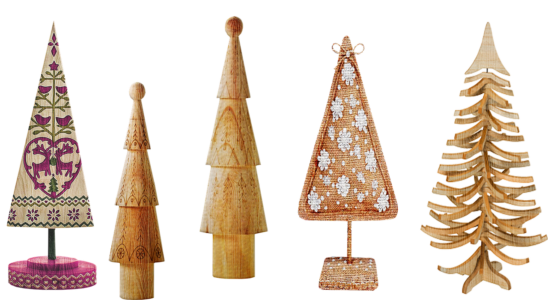“Zero Waste: The conservation of all resources by means of responsible production, consumption, reuse, and recovery of products, packaging, and materials without burning and with no discharges to land, water, or air that threaten the environment or human health.” (Zero Waste International Alliance)
Boulder’s Eco-Cycle website describes and illustrates beautifully how all material goods generate their own carbon footprint from extraction, shipping, manufacturing, usage and — waste. When we carelessly, habitually just “throwaway” what we are done with, we are throwing away much more than just those worn out socks or spoiled fruit. We are “wasting” resources and energy and in doing so we are polluting, decimating, and heating the planet. It is crucial that we start a circular economy and lifestyle – just like nature does.
Since it is quite possible to get closer and closer to Zero Waste in our households, we could and should make it a New Year’s resolution.
Entire books have been written on the subject. At this special time of year, however, I would like to focus on three aspects of waste/no waste: food, wrapping, and (Christmas) trees. For ideas on sustainable gifts, visit our 350 Colorado Gift Guide!
Food:
I am delighted that my home town Boulder has a municipal composting program. When I started to make full use of it by putting even paper and egg cartons into my compost bin (as is recommended), both my recycling pile, but definitely my landfill waste shrank by magnitudes. Not only does composting shrink the excesses of our throw-away society, it helps reduce methane generation at the landfill. I used to tell myself that all my compostables in the trash would “dilute” that heap in a positive way. That is utter nonsense. Compostables generate methane in the anaerobic conditions of a landfill. And we know now that methane is many times more potent as a greenhouse gas than CO2. Please buy foods that are grown locally, with the health of the soil and workers in mind; please buy only what you can actually eat; please compost the scraps.
Wrapping:
We don’t have to forego the fun of watching a dear one unwrap a surprise gift as long as we use recyclable, or even better, compostable paper without any plastic stickers, glitter, or other non-recyclable, non-compostable adornments. Plain brown paper from the roll or in the shape of sandwich bags and newsprint work really well; so do old USGS topo maps and other printed papers, like some of the catalogs or calendars you get in the mail! You can also use a cloth bag that can be reused many times over. Tie it with raffia, wool or a cloth ribbon.
Christmas Trees:
There are several options to consider. First, the live, cut (traditional) Christmas tree. Did you know that you can get a permit from your national forest district to cut your own tree in the woods? When my kids were little we used to make a whole day out of it and it always was our favorite day of the season! Choosing one at a local tree farm is a lot of fun, too. Make sure to dispose of your tree at a municipal or regional collection site where it will be shredded into mulch. As long as there are no plastic ornaments or tinsel tangled up in the branches the tree will go on nourishing other plants.
Another option would be a live, potted (native) tree, if you have space to plant it in the spring! Don’t keep it in your warm living room too long as it will dry up and not recover. After about two weeks it wants to wait for spring planting time on your balcony or out in the yard. All native conifers like an occasional blanket of snow on their needles throughout the winter.
Last, but not least, consider decorating that ficus tree or schefflera in your living room corner as a fun substitute, or get a good load of (mixed needled) branches, put them in big vases and decorate with lights and ornaments.
Artificial trees have no environmental benefits; they are a heap of plastic. However, if you have one already please reuse it as often as possible!
AND: Please decorate your tree with LED lights; they use a fraction of the energy of standard Christmas lights and last ten times longer.
I wish you happy waste-free holidays!
PS: This is the time of year to stop the flood of unwanted catalogs!! Here is eco-cycle’s how-to guide.
Written By Elisabeth Gick

